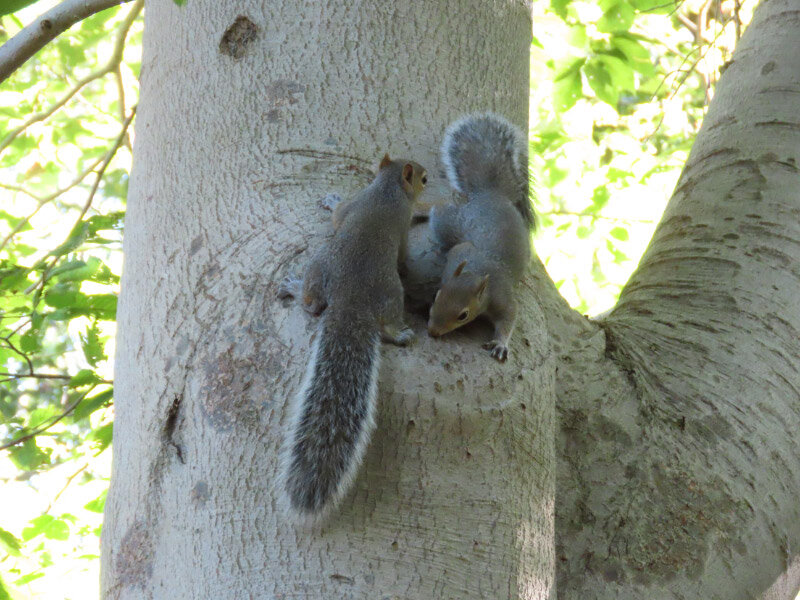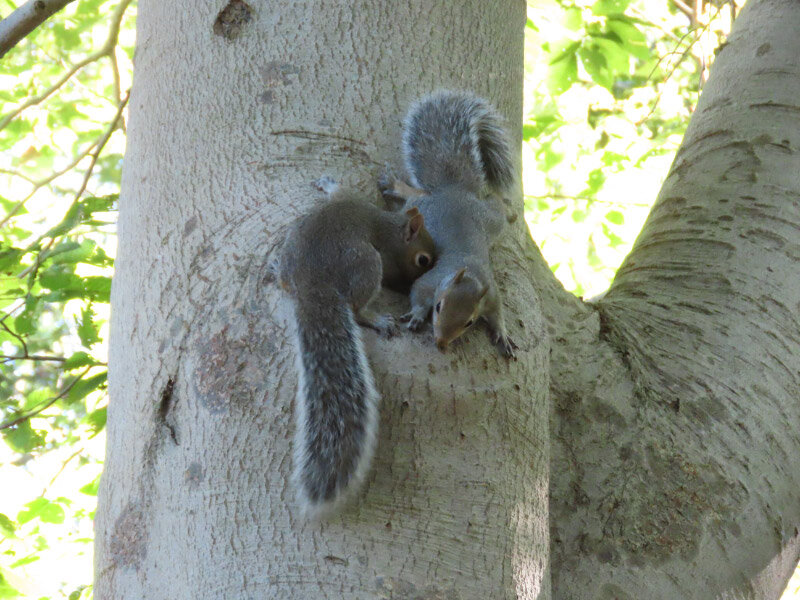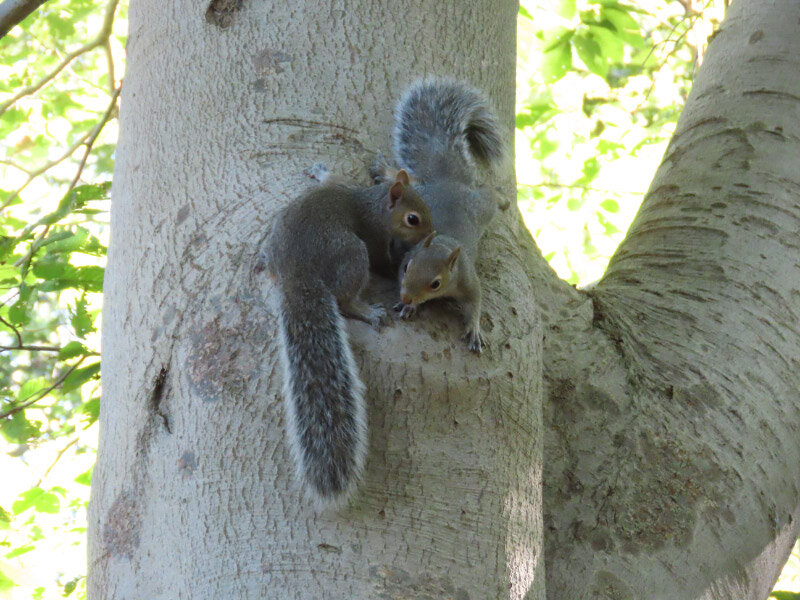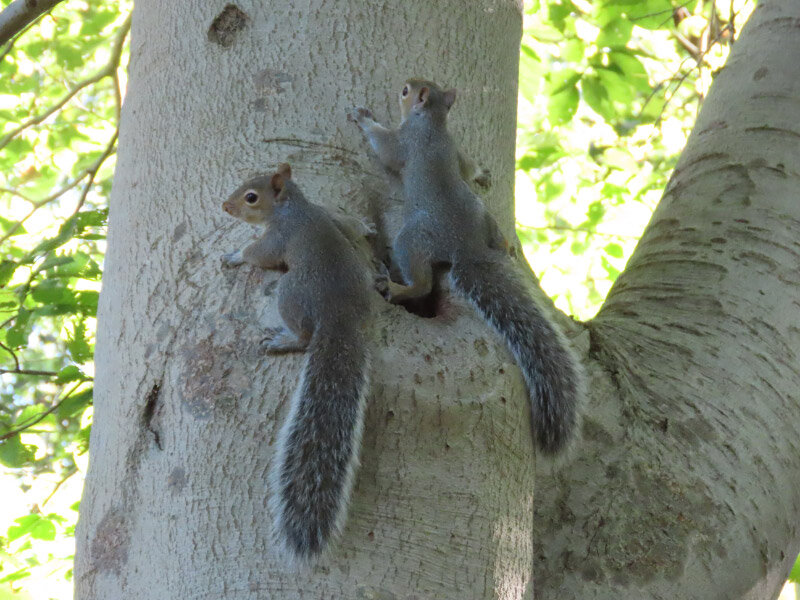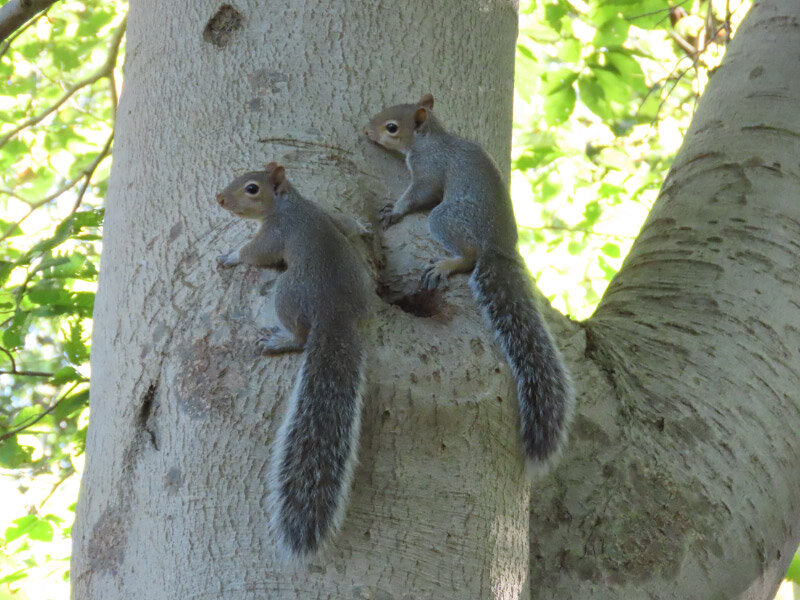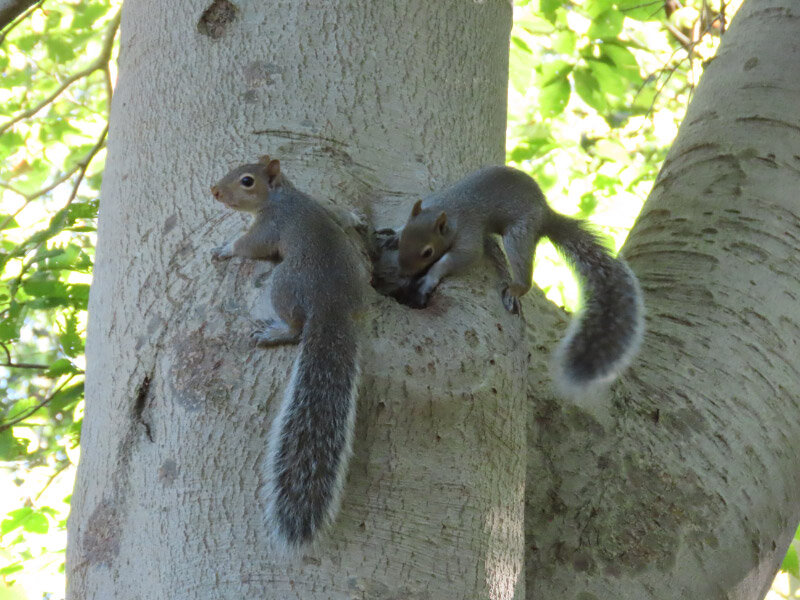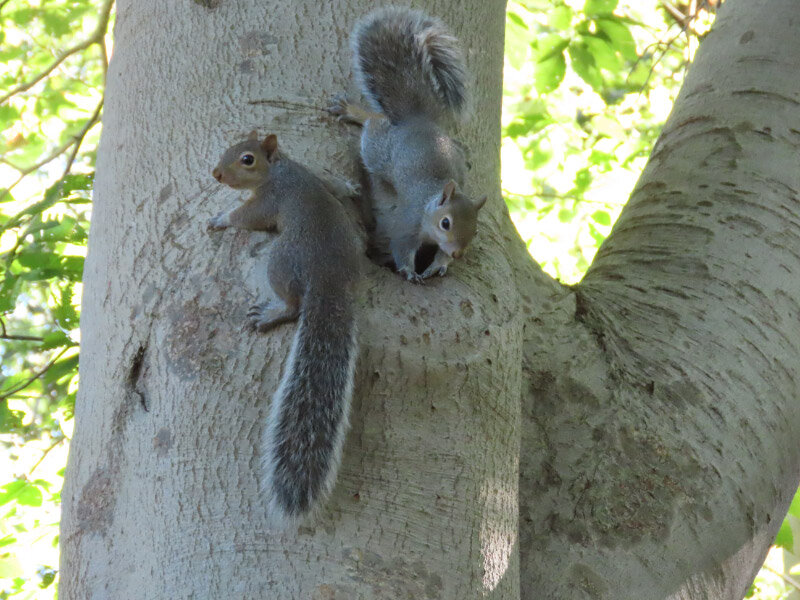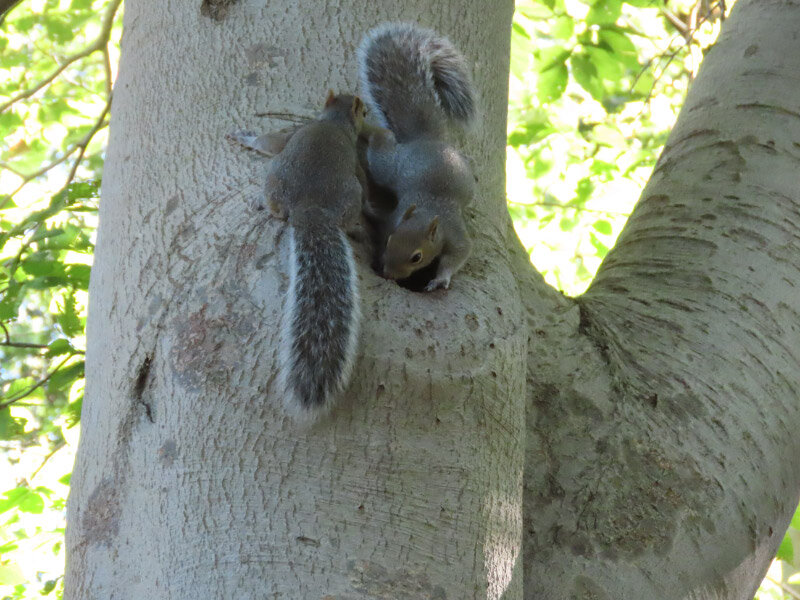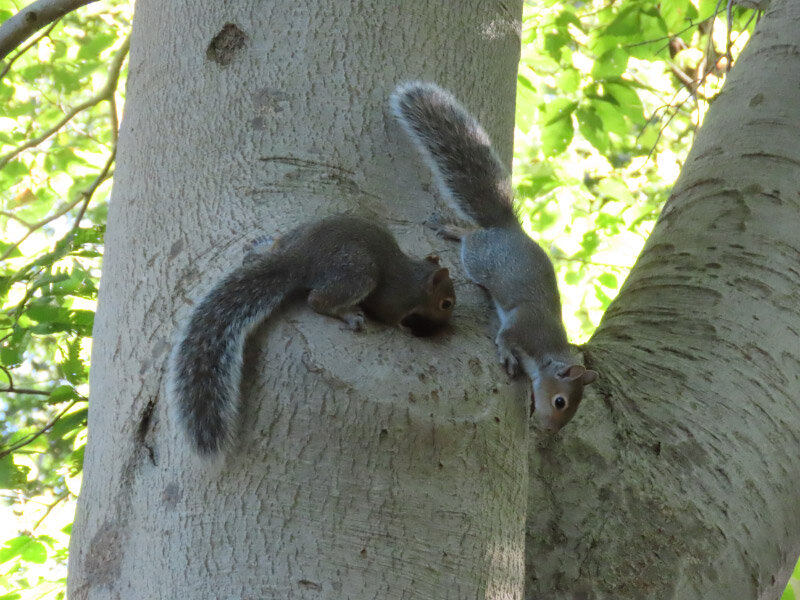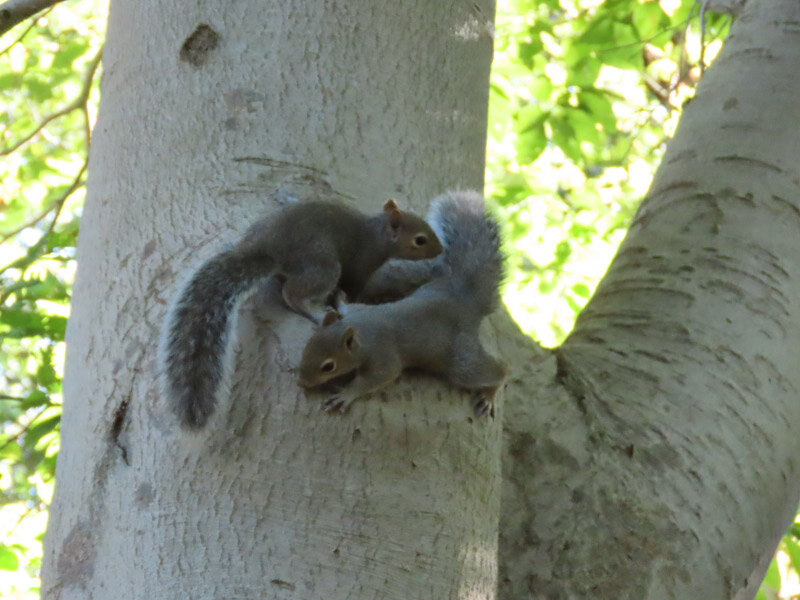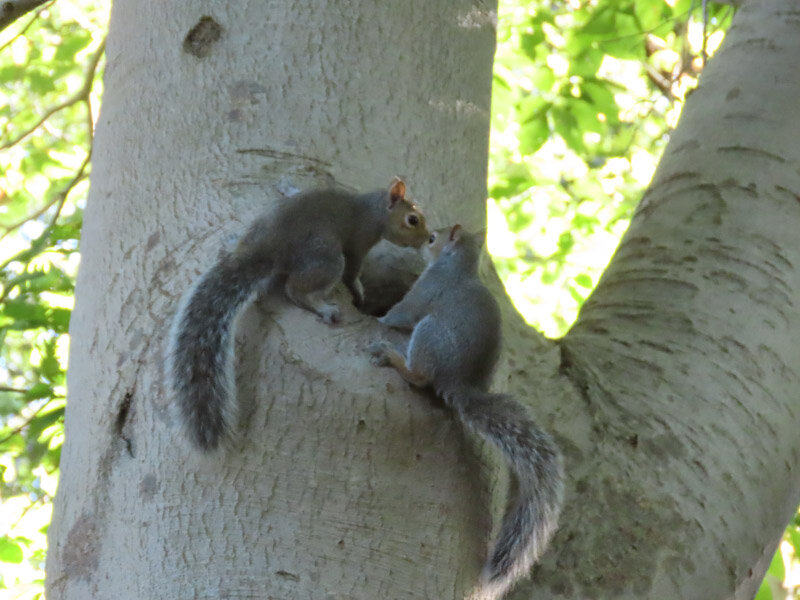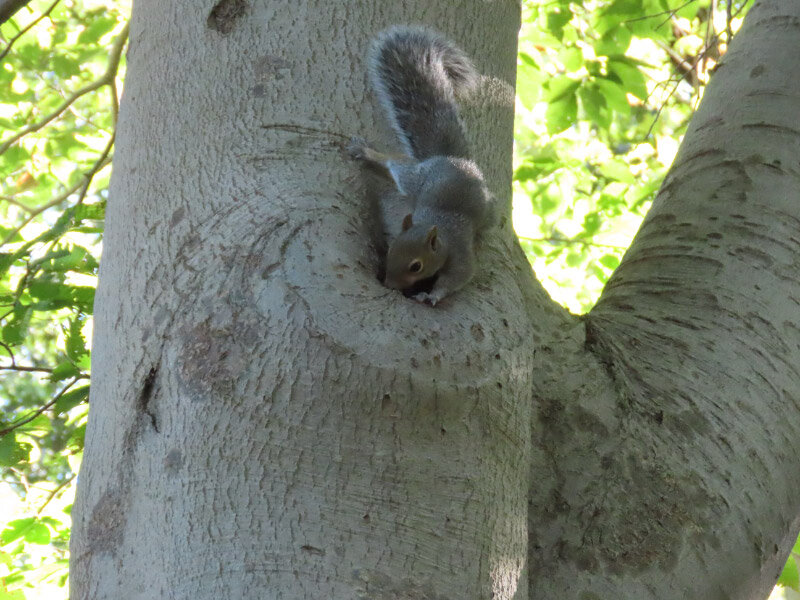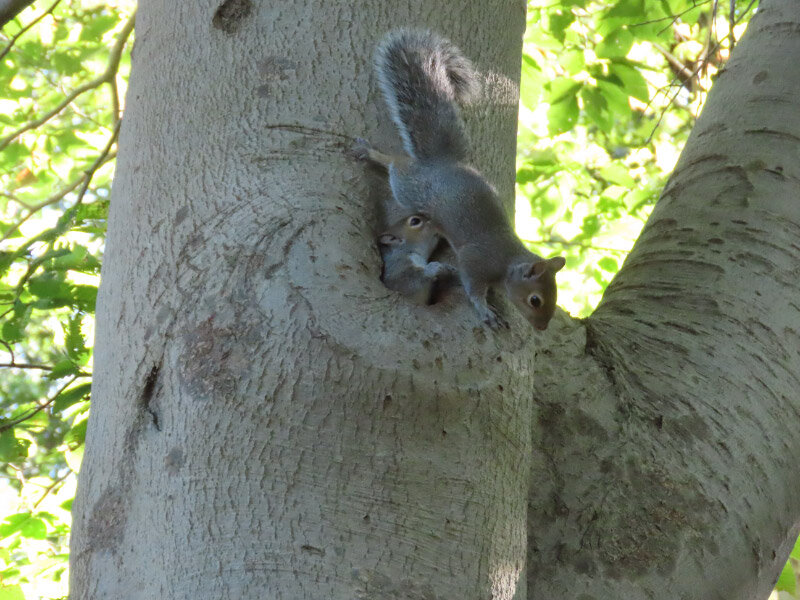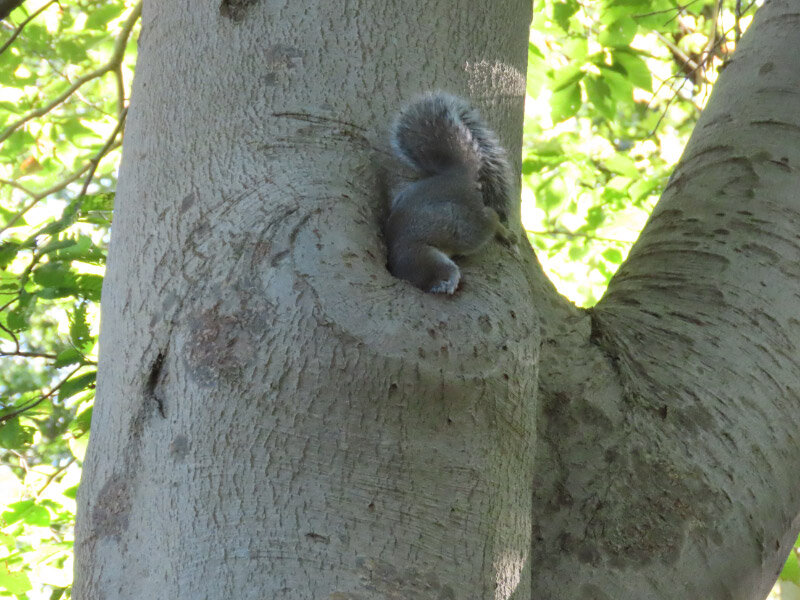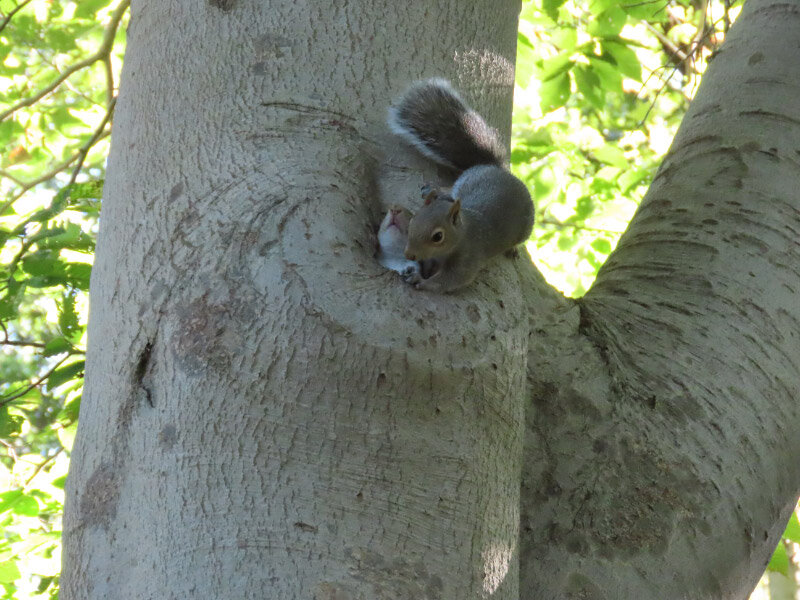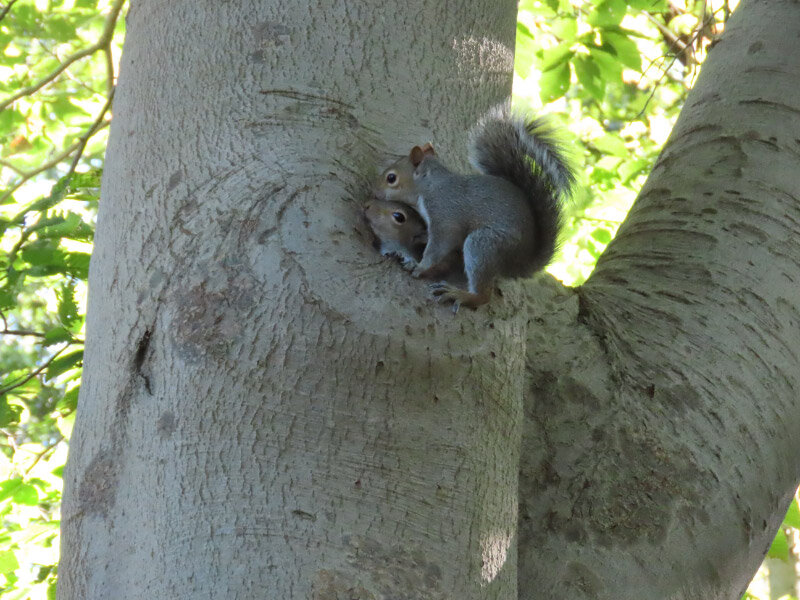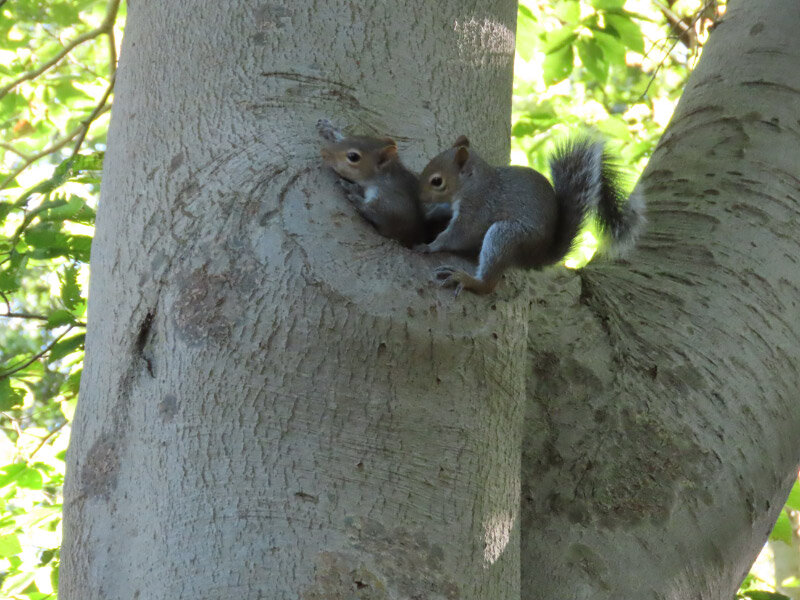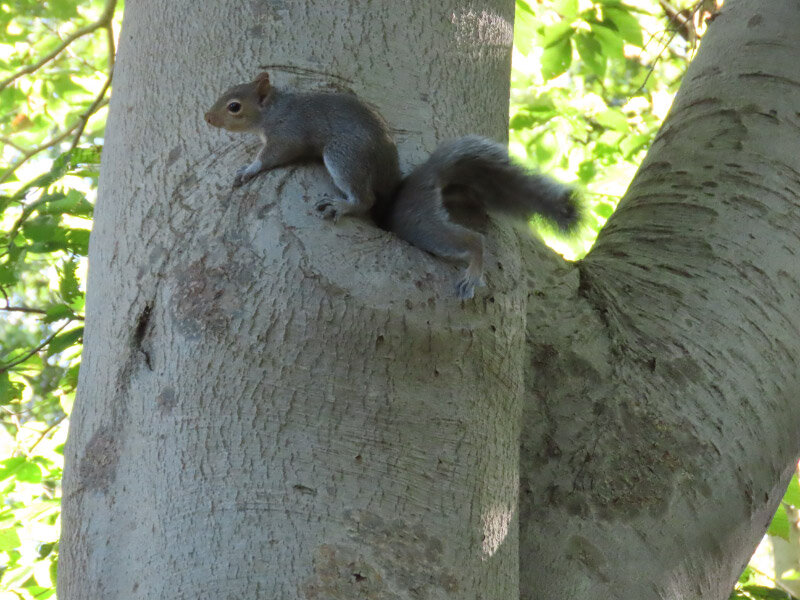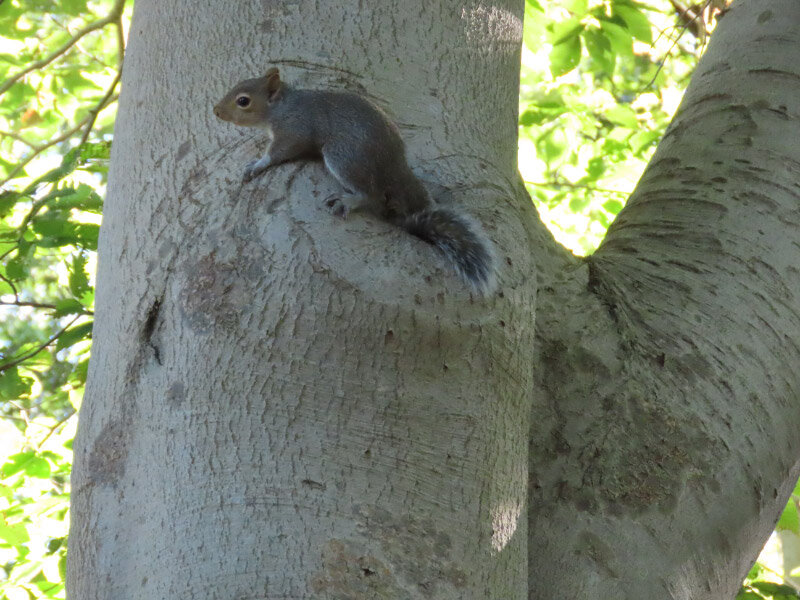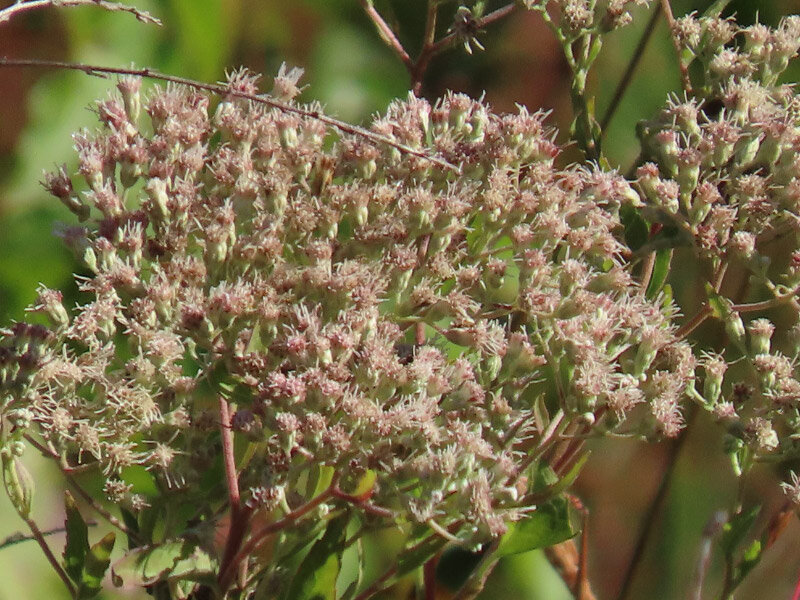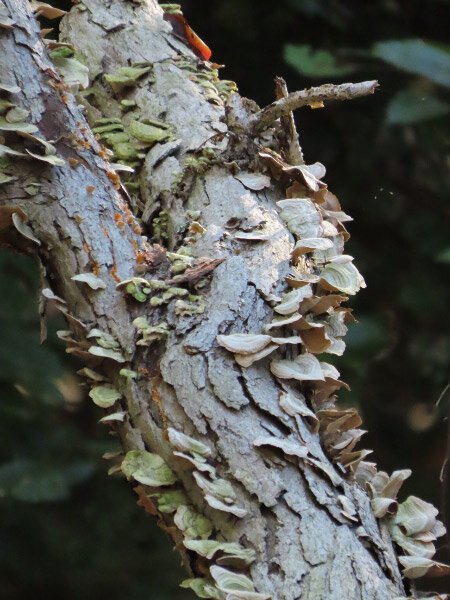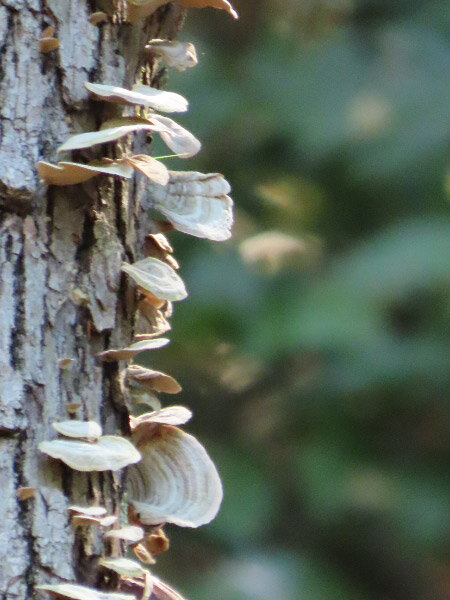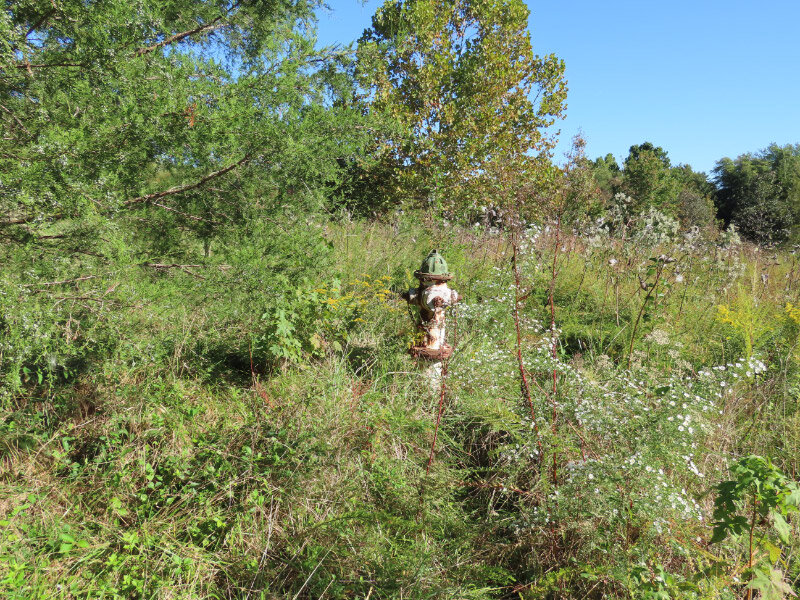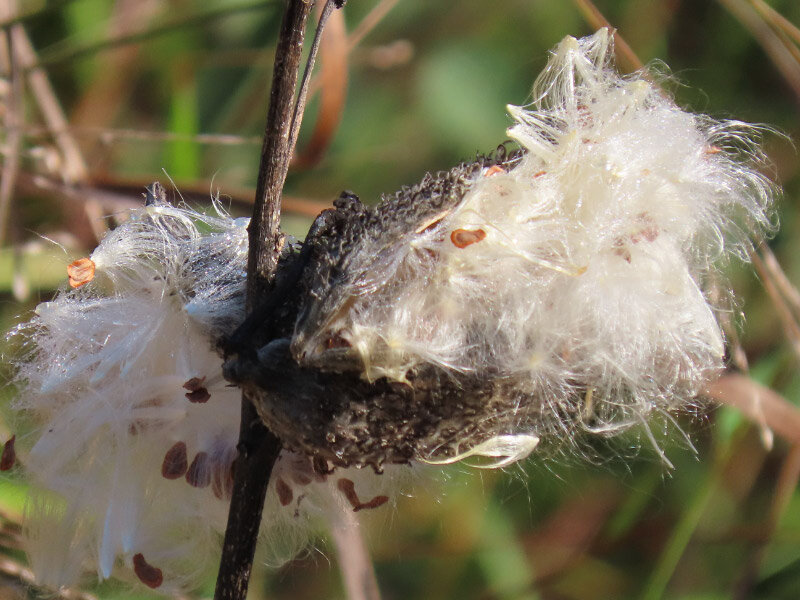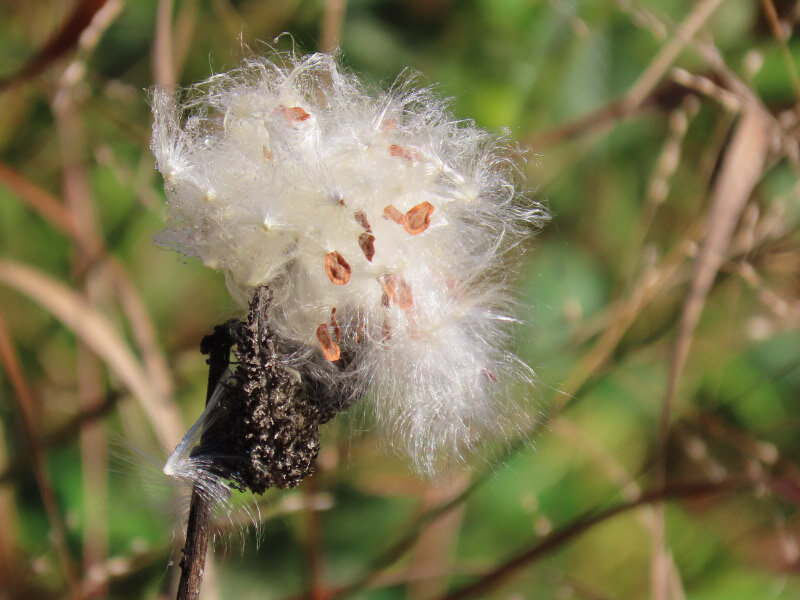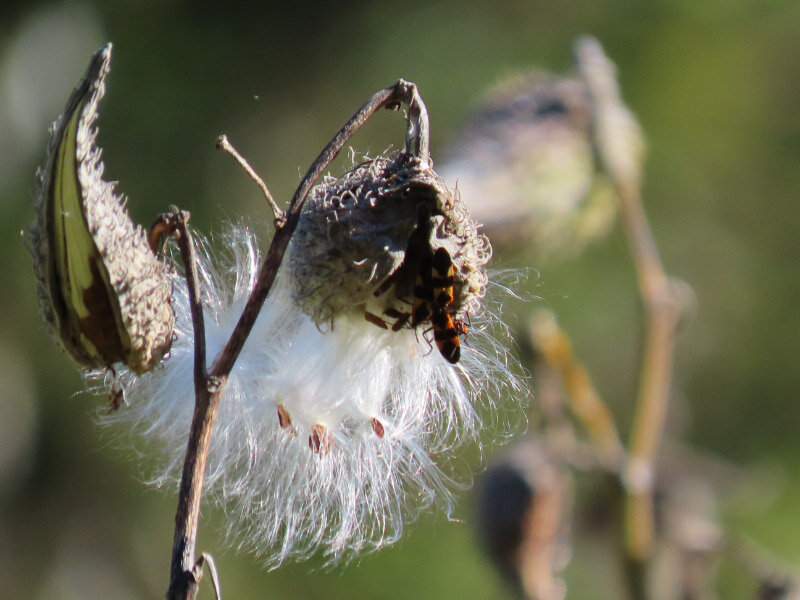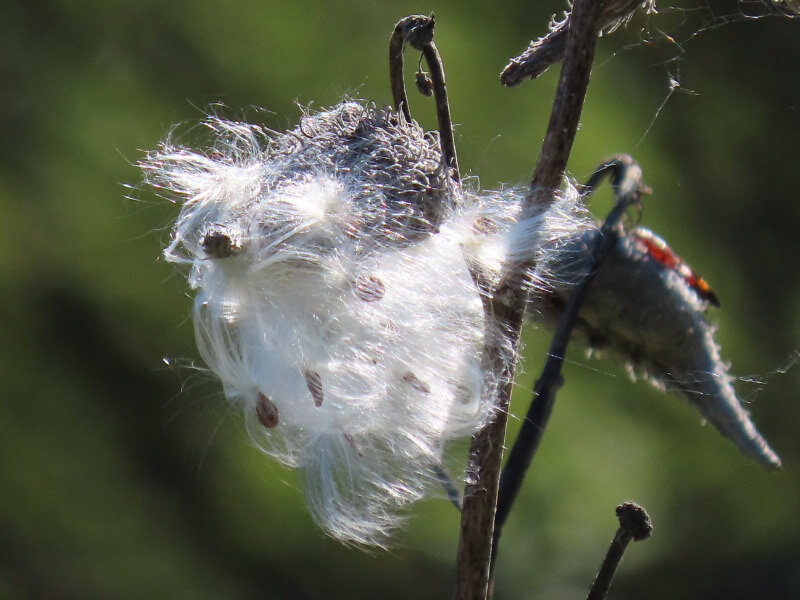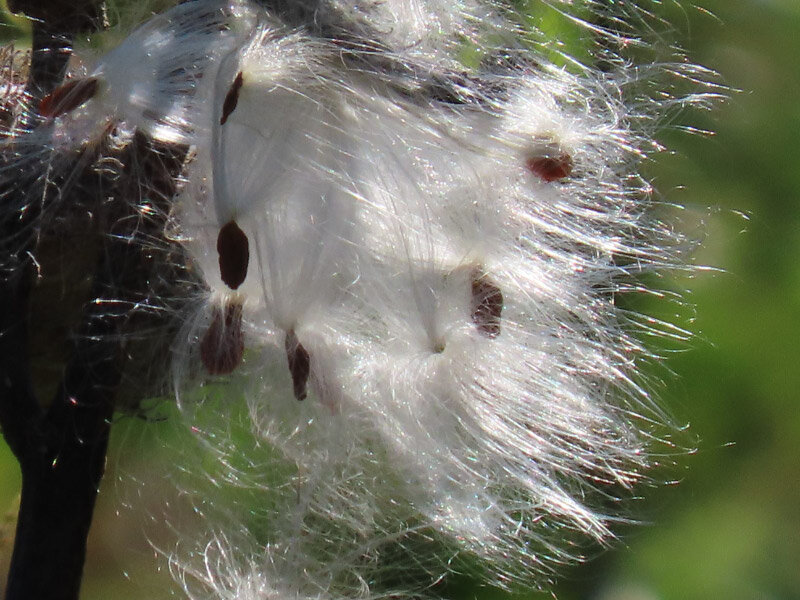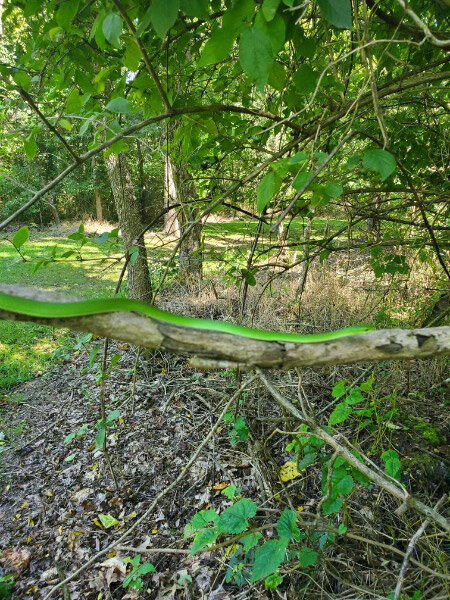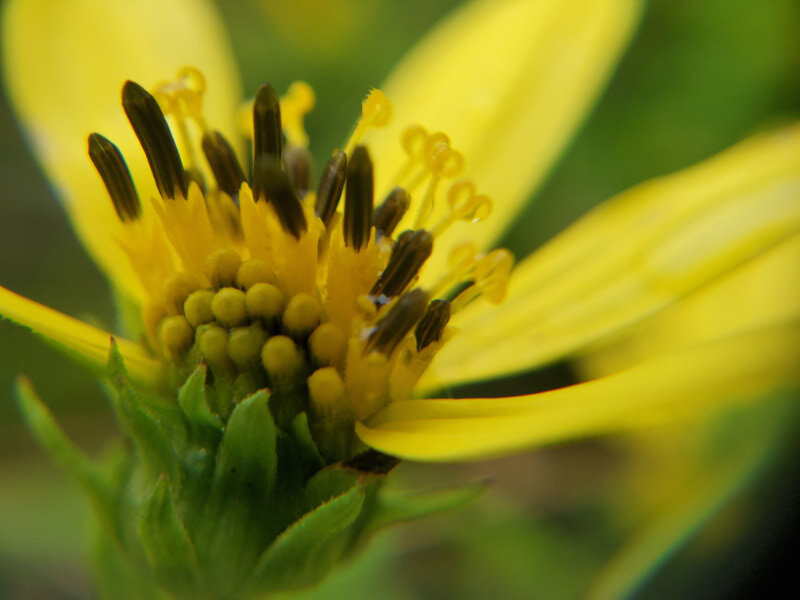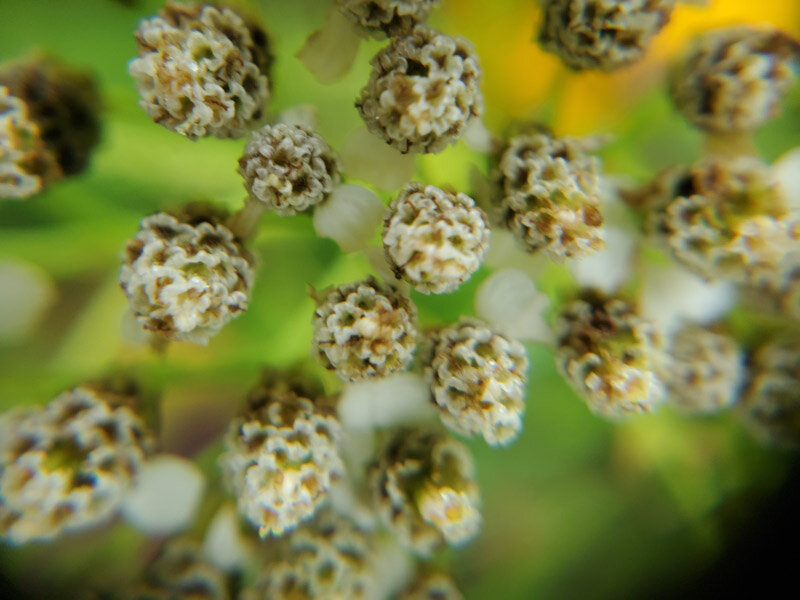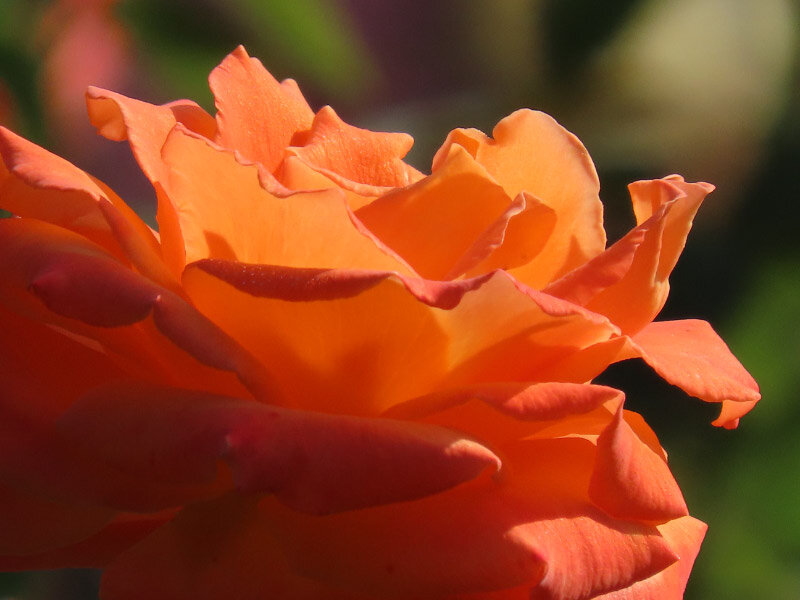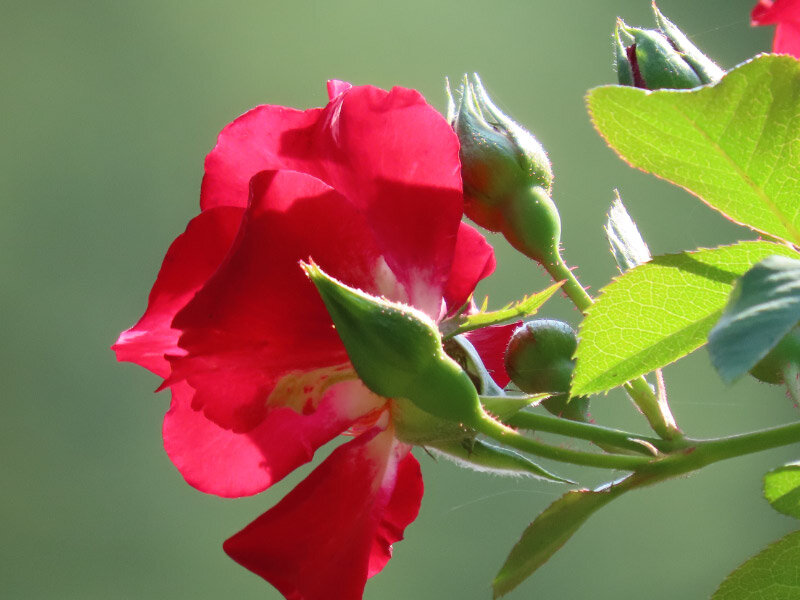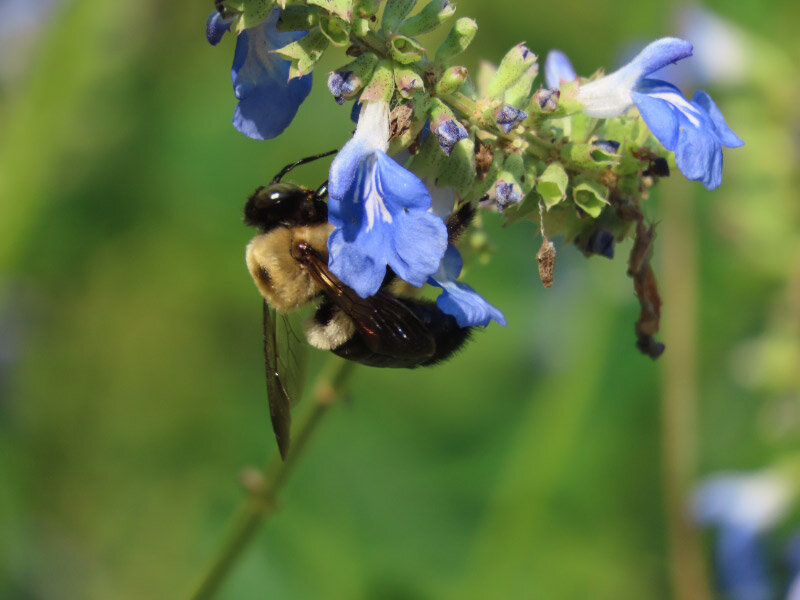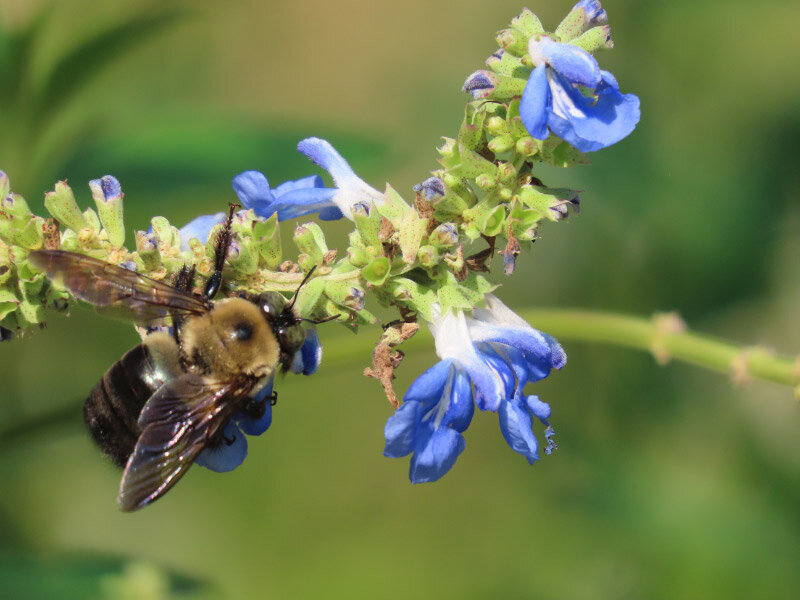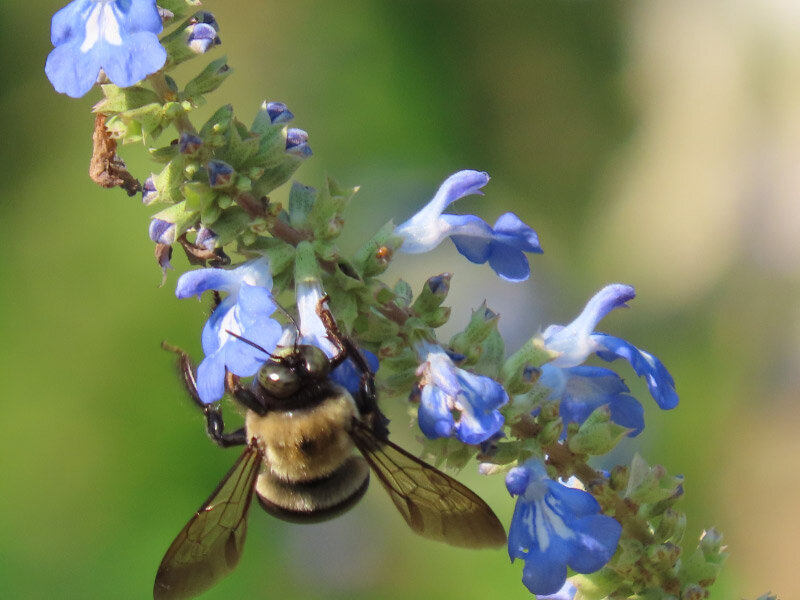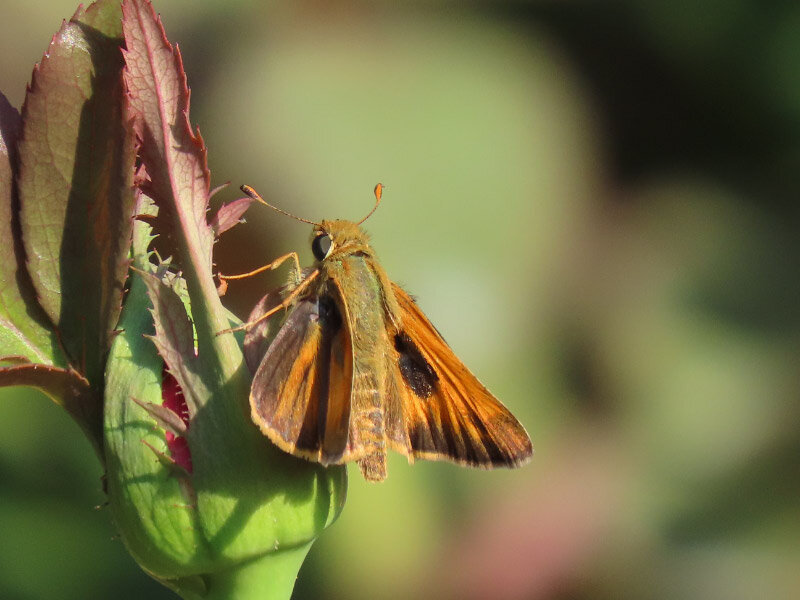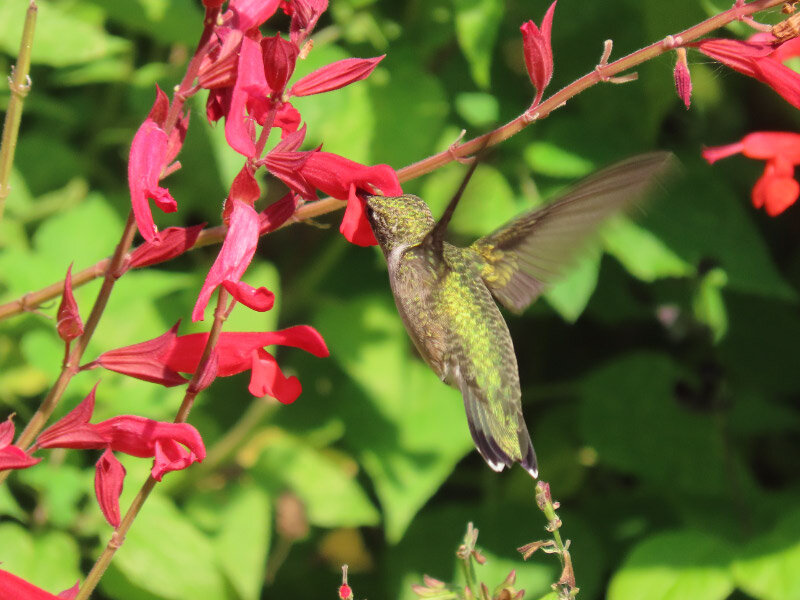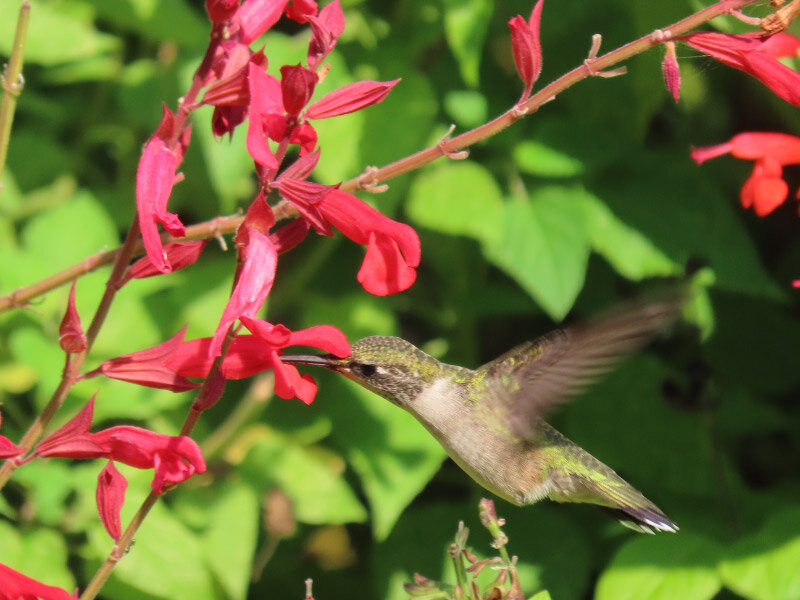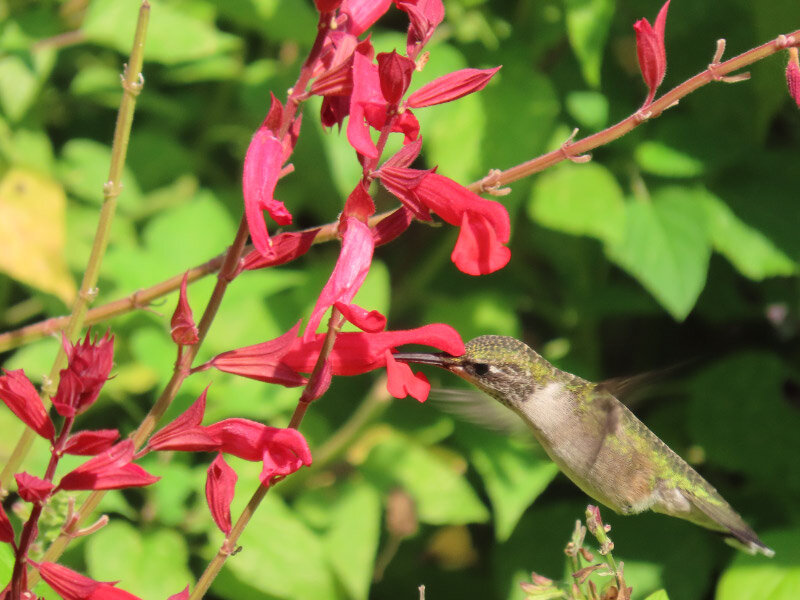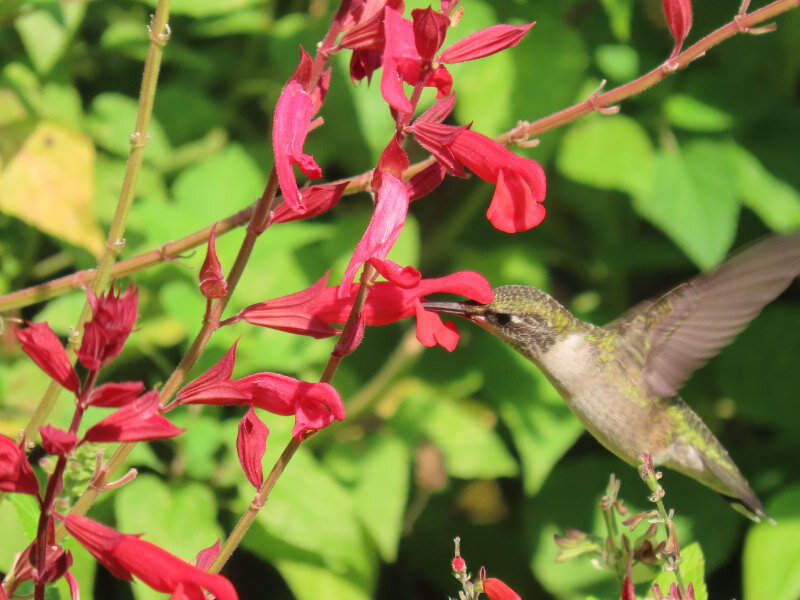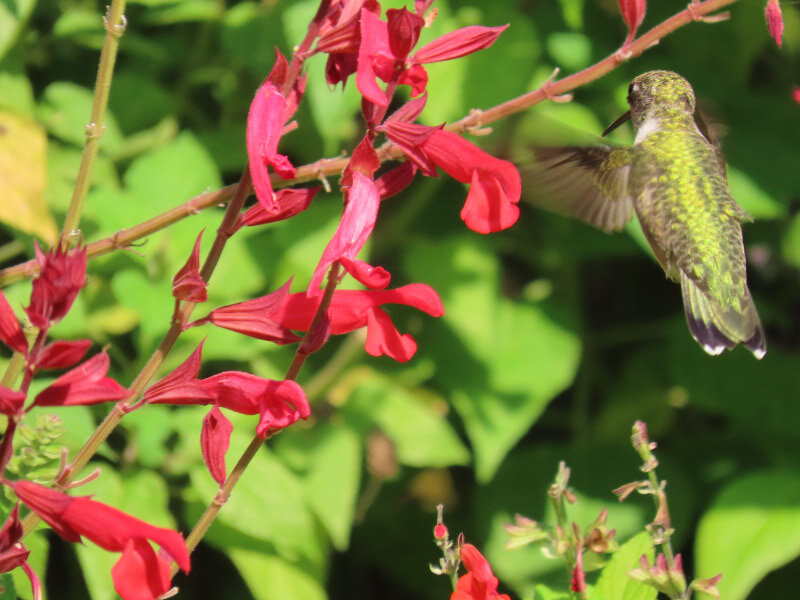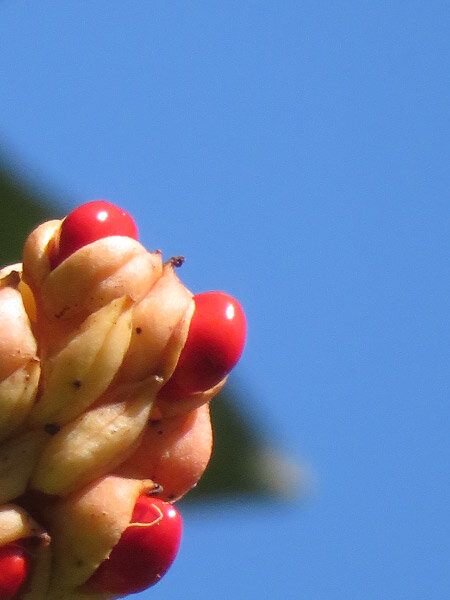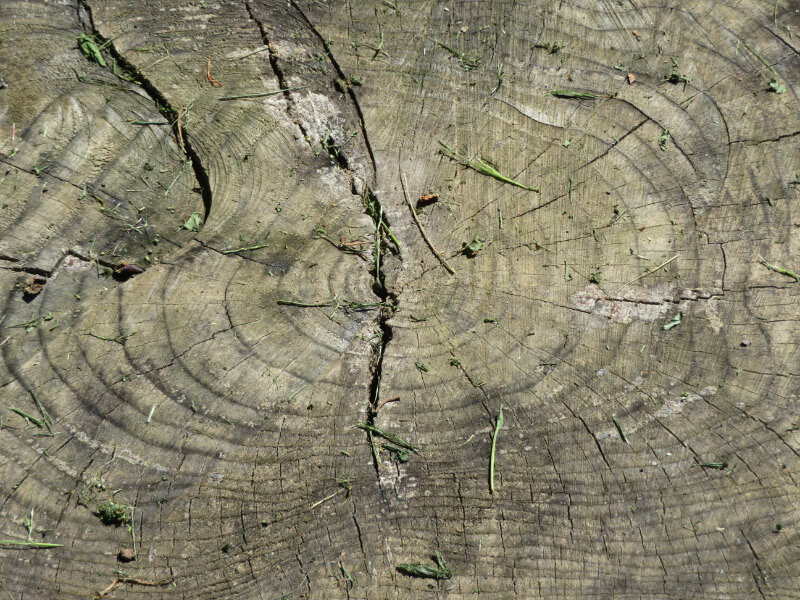Cancer Diary – Entry 2
/The appointment with my doctor was at 8 AM. I had printed out my list of questions and walked outside to see how cool it felt before I got in my car. There were two surprises near the driveway: a stalk of late season day lily buds that the deer hadn’t eaten and the Virginia Creeper on the oak beginning to turn red. I unplugged my car…and set out.
Since I was the first wave of patients at the medical building, there were still places available close the building in the ‘fuel eff low emit parking’ lane. I was a few minutes early and noted that the landscaping around the building has been transitioned to native plants.
It was so quiet with no one else around that I heard water burbling just before I went into the building and looked over the railing to see a shady rock garden with water coming from one of the larger rocks at one level down from the main entrance. I hadn’t noticed it before.
It was a pleasant way to start the morning – noticing the beauty in the natural world. Even so – my first blood pressure reading of the appointment was a little high; I was relieved that after my conversation with the doctor (getting all my questions answered and a plan for what I should do prior to my appointment with the surgeon), my blood pressure was well within the normal range. It was an indicator that, for me, being armed with information is an important way to reduce the stress of the situation….also an indicator of the skill of my doctor which is also reassuring.
Later in the day, I called my parents to share the cancer news (made sure one of my sisters was with them when I did) and to delay my road trip to see them until at least after my appointment with the surgeon…and maybe after the surgery itself. It was not an easy conversation but necessary; there is a history of sharing health situations within the family that guided me. A part of every cancer journey is taken alone…and part is shared; for me, the shared times make the part walked alone easier.
Overall – by the end of the second day into my experience, I felt more knowledgeable and optimistic about the eventual outcome. I was also beginning a conscious effort to keep my normal positive mental attitude over what might be an extended period.










